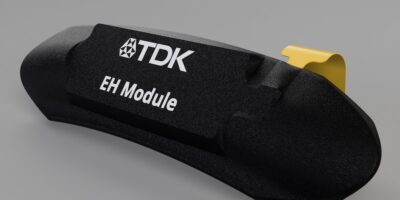The CW64 Wi-Fi 6E tri-band SoC from NXP is designed for access points and service provider gateways and enables end network devices to take full advantage of the 6GHz spectrum. The 6GHz band increases capacity in wireless networking and expands spectrum available for Wi-Fi by up to 1.2GHz.
This is the first Wi-Fi 6E Tri-Band SoC from NXP to support the 6GHz band to provide greater capacity in wireless networking, as congestion increases in the legacy 2.4 and 5GHz bands. It supports 160MHz channel bandwidth with PHY rates of 4.8Gbits per second and over 4Gbits per second of real-world throughput
The 4×4 Wi-Fi device has four spatial streams and 160/80/40/20MHz channel bandwidth, with uplink and downlink orthogonal frequency division multiple access (OFDMA) and uplink and downlink Multi-user, multiple input, multiple output (MU-MIMO) technology.
The CW641 is the first of six planned devices in the series. It enables increased speeds of over 4Gbps and multi-user performance in the new 6GHz band, providing greater capacity and lower latency. Adding 6GHz capabilities to gateway platforms gives service providers options to efficiently partition available bandwidth across devices to ensure optimum user experience for a wide range of applications. Mission-critical, high bandwidth, low latency applications like mesh back haul and cloud gaming are likely to migrate to 6GHz, freeing up the congested 5GHz and 2.4 GHz bands.
The Wi-Fi 6E tri-band SoC can also be used in the 6GHz spectrum to boost the performance of in-home mesh networks, streaming high-resolution music and videos, online gaming, video calling, digital downloads and data-heavy web content, explains NXP. In addition, the CW641 SoC can contribute to Wi-Fi 6E applications across consumer, automotive, industrial, and the IoT.
The CW641 Wi-Fi 6E tri-band SoC is sampling now.
NXP claims to have one of the industry’s broadest portfolios of wireless technologies. When combined with the processing power of the EdgeVerse platform, NXP says its portfolio allows customers to advance their most innovative ideas.
NXP Semiconductors aims to enable secure connections for a smarter world. The secure connectivity for embedded applications provider, is driving innovation in the automotive, industrial and IoT, mobile, and communication infrastructure markets. Built on more than 60 years of combined experience and expertise, the company has employees in more than 30 countries.







